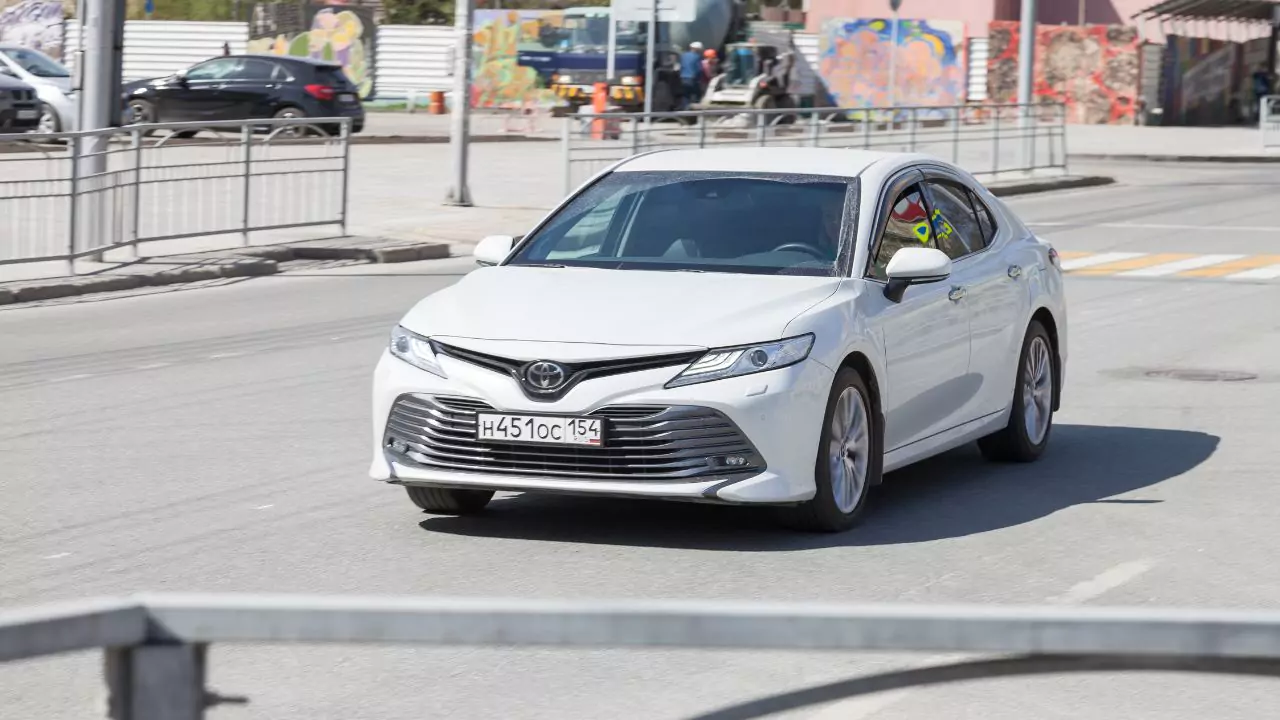The cost of GAP insurance for a Toyota varies depending on several factors but typically ranges from $400 to $700 per year. GAP (Guaranteed Auto Protection) insurance bridges the gap between your car’s actual cash value (what your insurance company pays if your car is totaled) and the amount you still owe on your loan or lease.
Popularity of GAP Insurance with Toyota Owners
Many Toyota owners choose GAP insurance, especially for new vehicles that depreciate quickly. New Toyotas tend to hold their value well compared to other car brands. This means the gap between the car’s value and the loan amount might be smaller. Consequently, GAP insurance might not be necessary for all models or for used vehicles with a significantly lower loan balance.
Here’s a scenario to consider: Let’s say you buy a brand new Toyota Camry with a loan amount of $25,000. After two years, your car’s actual cash value might be around $20,000. If your car is totaled in an accident, your standard car insurance would pay out $20,000. However, you’d still be responsible for the remaining $5,000 on your loan. GAP insurance would cover this difference, preventing you from owing money on a car you no longer own.
Toyota Models Where GAP Might Be More Beneficial
While Toyotas generally retain value, some models depreciate faster than others. GAP insurance could be more beneficial for financing newer models like the Camry or Corolla, or for vehicles with a high down payment and a larger loan amount relative to the car’s value.
For instance, let’s compare a new Toyota Tacoma truck with a smaller SUV like the RAV4. The Tacoma might have a higher depreciation rate due to its truck classification. This could create a larger potential GAP between the car’s value and the loan amount, making GAP insurance more attractive for Tacoma.
GAP vs. Regular Car Insurance
Regular car insurance covers damage or repairs to your car, up to its actual cash value. This value is determined by the car’s market value considering its age, mileage, and condition. GAP insurance is a separate policy that specifically kicks in if your car is declared a total loss and the insurance payout isn’t enough to cover your remaining loan or lease balance.
Think of it this way: regular car insurance protects your car, while GAP insurance protects your wallet in the event of a total loss.
Factors Affecting GAP Insurance Cost
- Car’s value: Newer Toyotas with higher loan amounts will have a larger potential GAP and therefore cost more to insure.
- Length of the loan or lease: Longer terms mean more time for depreciation, potentially increasing the GAP and cost.
- Your deductible: A higher deductible on your regular car insurance policy might lead to a higher GAP premium. This is because a higher deductible means your insurance company pays out less in the event of a total loss, creating a larger GAP for GAP insurance to cover.
- Your credit score: A good credit score can qualify you for a lower GAP insurance rate. Insurers typically view drivers with good credit scores as less risky, so they might offer them a lower premium.
GAP Coverage in Toyota Lease Agreements
Lease agreements for Toyotas typically do not include GAP insurance. Leases require the car to be returned to the dealership at the end of the lease term. GAP insurance protects the lender, not the lessee, from the financial shortfall in case of a total loss. However, you’ll have the option to purchase GAP separately from the dealership’s finance department or from a third-party insurer.
Restrictions on GAP Claims
There might be restrictions on claiming GAP insurance, depending on the specific policy and the cause of the total loss. It’s important to review the terms of your GAP coverage to understand any exclusions. For example, some GAP policies might not cover total losses due to acts of nature like floods or earthquakes.
Negotiating GAP Premiums
GAP insurance premiums are negotiable to an extent. While the dealership might have a set price, comparing quotes from other providers like your car insurance company can give you leverage for a better deal. You can also try negotiating the GAP cost as part of the overall financing package when purchasing your Toyota.
Filing a GAP Claim with Toyota Financial Services
If you financed your Toyota through Toyota Financial Services (TFS) and have GAP insurance, you’ll need to file a claim with them directly. The process typically involves contacting TFS, providing your policy information, and submitting the paperwork from your insurance company regarding the total loss. TFS will then work with you to settle the remaining loan balance after your primary insurance payout.
Remember, GAP insurance can provide financial protection in case your Toyota is totaled, but it’s not mandatory. Carefully consider your individual circumstances, the value of your car, and the terms of your loan or lease before deciding if GAP insurance is right for you. Here are some additional points to consider:
- Alternatives to GAP insurance: You might explore other options like reducing your loan term or making a larger down payment to minimize the potential GAP.
- Cost vs. benefit: Weigh the cost of GAP insurance premiums against the potential financial burden of owing money on a totaled car.
- Timeframe: GAP insurance might be more valuable in the early years of your loan when the GAP between the car’s value and the loan amount is larger.
Ultimately, the decision of whether or not to get GAP insurance depends on your financial situation and risk tolerance.





